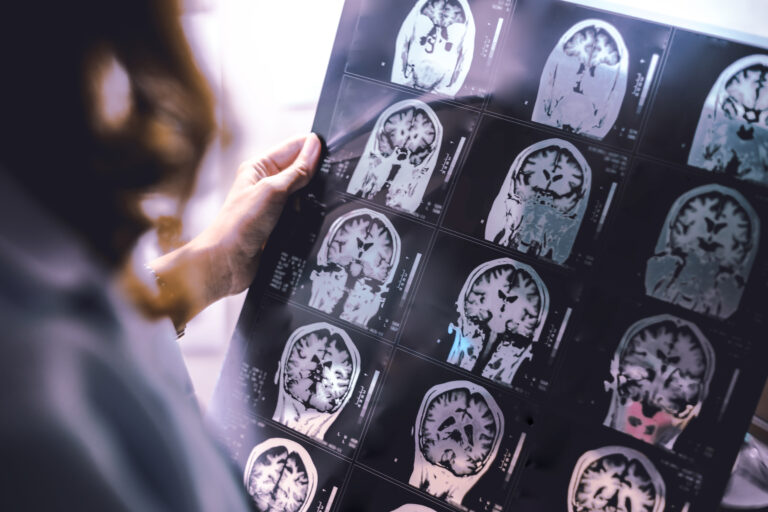## How Researchers Evaluate New Drug Combinations for Non-Hodgkin’s Lymphoma
Non-Hodgkin’s lymphoma (NHL) is a group of cancers that start in the lymphatic system, which is part of the body’s immune system. Because there are many types of NHL and patients respond differently to treatments, researchers are always looking for better ways to fight this disease. One promising approach is combining different drugs to see if they work better together than alone. But how do scientists actually test these new combinations? Let’s break it down into simple steps.
—
## Understanding the Basics: What Are Drug Combinations?
A drug combination means using two or more medicines at the same time to treat a disease. The idea is that each drug might attack cancer in a different way, making it harder for the cancer cells to survive or become resistant. For NHL, common drugs include chemotherapy (like bendamustine), immunotherapy (like rituximab), and newer targeted therapies (like lenalidomide or epcoritamab).
—
## Step 1: Choosing Which Drugs to Combine
Researchers start by looking at what we already know about each drug. They ask questions like:
– **How does each drug work on its own?** Some drugs kill cancer cells directly, while others help the immune system recognize and attack them.
– **Are there reasons to think they might work well together?** Sometimes lab studies show that two drugs have a stronger effect when used together.
– **What are their side effects?** Combining drugs can sometimes cause more side effects, so researchers need to be careful.
For example, combining rituximab (an antibody that targets B-cells) with lenalidomide (a drug that boosts the immune system) has shown promise in certain types of NHL.
—
## Step 2: Designing Clinical Trials
Once researchers have an idea for a combination, they design clinical trials—carefully planned studies with real patients—to test it out.
### Types of Clinical Trials
– **Phase 1:** These trials focus on safety. Researchers give small groups of patients increasing doses of the new combination to find out how much can be given without causing severe side effects.
– **Phase 2:** If Phase 1 goes well, Phase 2 tests whether the combination actually works against cancer in a larger group.
– **Phase 3:** These are large studies comparing the new combination against standard treatments to see which one works better.
### How Patients Are Selected
Patients in these trials usually have specific types or stages of NHL and may have already tried other treatments without success. Sometimes trials focus on people who haven’t had any treatment yet; other times they look at those whose cancer has come back after previous therapy.
—
## Step 3: Measuring Success
Researchers use several ways to tell if a new combination is working:
– **Response Rate:** This measures how many patients see their tumors shrink or disappear after treatment.
– **Progression-Free Survival:** This tracks how long patients live without their cancer getting worse.
– **Overall Survival:** This looks at how long patients live overall after starting treatment.
– **Side Effects:** All possible side effects are carefully recorded because even effective treatments aren’t helpful if they make people too sick.
For example, some recent trials showed that adding epcoritamab—a bispecific antibody—to standard therapy improved both response rates and progression-free survival compared with older combinations.
—
## Step 4: Comparing New Combinations With Old Treatments
In many Phase 3 trials, one group gets the new drug combo while another gets whatever was considered best before (“standard care”). By comparing these groups over time using statistics and regular check-ups like scans and blood tests), researchers can tell if there’s real improvement from adding something new into routine practice rather than just guessing based only on early results from smaller numbers treated outside controlled settings where variables aren’t accounted as rigorously a





